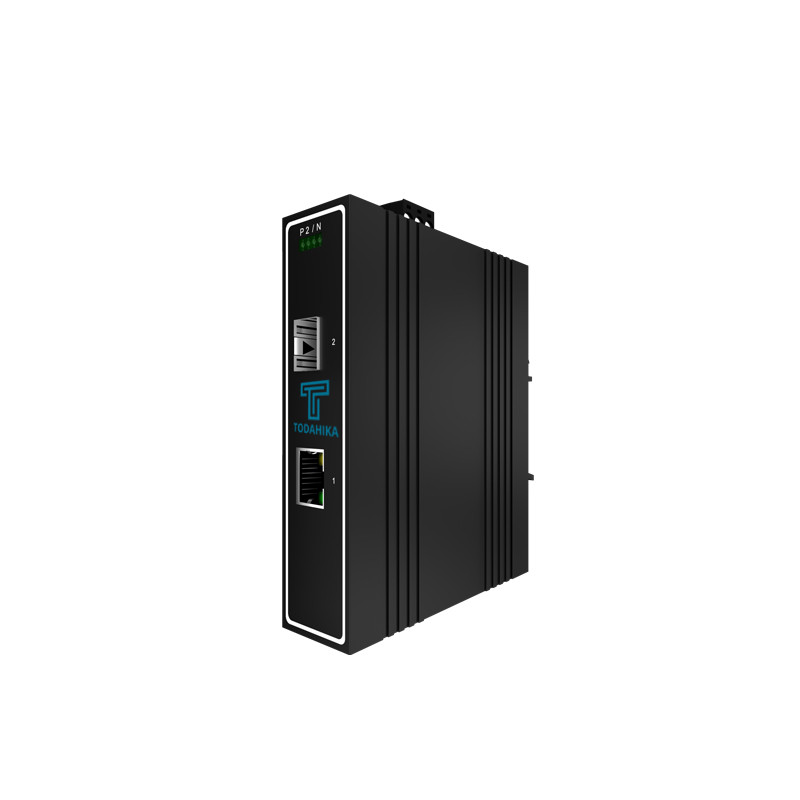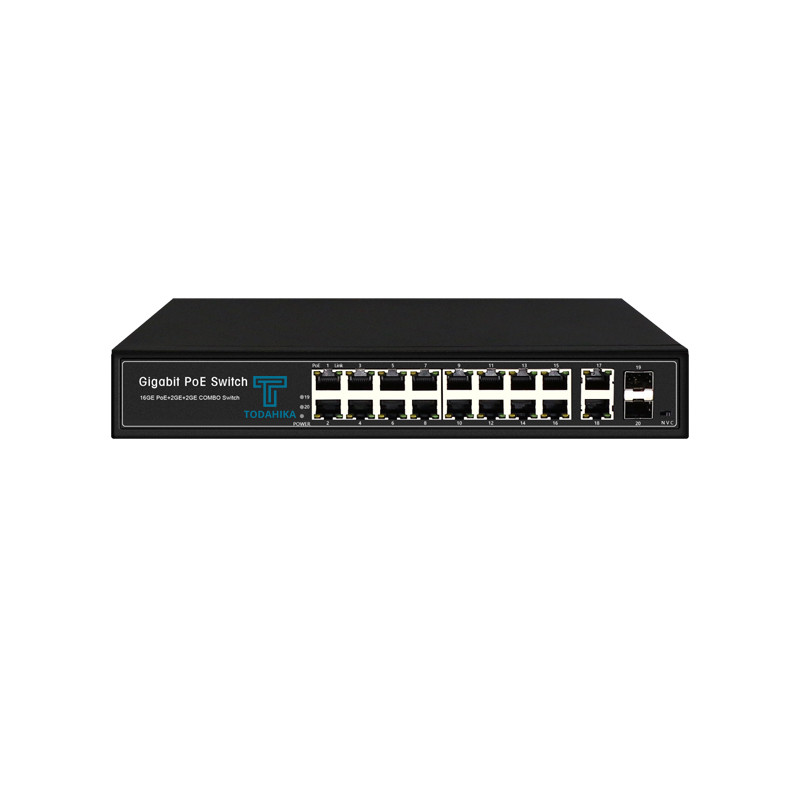Lee Hutchinson - Apr 13, 2016 11:30 am UTC
It’s been a bit over six months since I made the switch from consumer-grade Wi-Fi at home to a more sophisticated setup, tossing out my old Apple Airport Extreme base station in favor of three linked Ubiquiti Unifi UAP-AC-PRO access points. The change from consumer to enterprise gear (or "enterprise lite," as a lot of folks have e-mailed in to tell me) has been very positive, and aside from a bit of management overhead and the pain of actually crawling around in my attic to run cables for the things, I don’t believe I have encountered any real downsides. Cpe Access Point

One major difference with the Ubiquiti Unifi APs is that they run on Power Over Ethernet (POE) rather than directly off of an electrical outlet. You don’t have to have a POE-compatible switch to use them, since the APs come with small POE injectors that can tap power from regular outlets, but having a POE switch simplifies setup and also (assuming you connect the switch to a UPS) gives you an easy way to keep your Wi-Fi powered in the event of a power outage. After getting my Unifi gear installed, the first thing I looked for was a POE switch so I could ditch the little POE injectors.
Ubiquiti sells Unifi-compatible POE switches, but until recently the available models have been more suited for the data center than the home—even the smallest 24-port model has a loud fan that wouldn’t do well sitting in a home office (and I know because I tried one out for a few weeks!). Fortunately, the company has just expanded its line of Unifi switches with two more models better suited for home use: the 16-port US-16-150W and the fanless 8-port US-8-150W.
I’ve had a US-8-150W running here for a couple of months, and it’s been an excellent addition to my Unifi APs. It’s silent, unobtrusive, and it integrates into the same Unifi Web interface as the APs and the Ubiquiti router/gateway. And, even better, it’s not just a dumb switch—it’s got management features that help justify its $199 price.
The US-8-150W is a bit larger than a standard home switch would be, mainly in the "length" category—it’s about as long as it is wide, stretching back a bit more than 20cm. There aren’t any provisions made for mounting the thing anywhere, unfortunately—it’s got rubber feet to keep a small amount of space free beneath it, but the bottom is otherwise featureless, without any holes for wall-mount screws or brackets. It also lacks screw holes on its face for rackmount ears, so your options for where the US-8-150W goes are limited to wherever you can stack it. Would-be buyers looking to rack-mount it will have to buy a shelf and stick it there (or, as so many DIY home network enthusiasts end up doing, rigging some kind of crazy wall-cradle contraption out of zip ties).
The device is otherwise unremarkable—it’s got an aluminum powder-coat exterior, eight dual-LED 8P8C ports and two empty SFP sockets on the front, and a power socket on the rear. As with the rest of the Unifi family, there is a color-changing LED logo (square) that lights up in different colors to indicate the switch’s health.
At almost two kilos (3.75lbs), it’s heavier than it looks, though nowhere near as hefty as its bigger siblings in the Unifi switch line. It’s been perfectly at home sitting stacked atop my other office switch (a managed Trendnet TEG-240WS), and though it’s fairly warm to the touch, it hasn’t complained or thrown any warnings about temperature.
Obviously, the reason to buy the US-8-150W is to power some Unifi APs, and that’s what I’m doing. Each of the switch’s eight 1Gbps Ethernet ports is capable of driving any 802.3af- or 802.3at-compliant Ethernet device, and they also can deliver 24VDC for Unifi devices that use Ubiquiti’s 24V passive standard, like the UAP-AC-LR and UAP-AC-Lite. Each port can push up to 34.2W of power to hungry 802.3at devices, though as indicated by the name, the switch has a maximum combined output across all ports of 150W.
This is more than enough to drive eight Unifi second-gen Pro APs, even if the APs were all cranking along at their maximum power usage of 9W. After collecting data for a few months on my own devices, it appears that with a mix of 2.4GHz and 5GHz clients, the typical power draw of the UAP-AC-PRO at idle is right about 3.5W, while under load I’ve rarely seen the devices go past 6W. For my use case, with three UAP-AC-PROs attached, the US-8-150W’s total power usage holds relatively steady between 23-26W.
Administration of the switch is all done via the exact same Unifi controller software (either self-hosted or cloud-based) that runs the Unifi APs. The switch shows up as a manageable device, and all configuration tasks are done through the Unifi interface. The Unifi controller software also tracks connection information on other devices on the same L2 fabric—so, if you connect one of the switch’s ports as an uplink to another switch, all of the devices connected to your LAN show up as clients in the Unifi dashboard.
I’ve found this very useful—you get some reporting data on every device that connects to both your WLAN and LAN (if you happen to have a Unifi gateway, you get per-host WAN traffic stats as well).
Join the Ars Orbital Transmission mailing list to get weekly updates delivered to your inbox. Sign me up →

Weatherproof Network Switch CNMN Collection WIRED Media Group © 2023 Condé Nast. All rights reserved. Use of and/or registration on any portion of this site constitutes acceptance of our User Agreement (updated 1/1/20) and Privacy Policy and Cookie Statement (updated 1/1/20) and Ars Technica Addendum (effective 8/21/2018). Ars may earn compensation on sales from links on this site. Read our affiliate link policy. Your California Privacy Rights | Do Not Sell My Personal Information The material on this site may not be reproduced, distributed, transmitted, cached or otherwise used, except with the prior written permission of Condé Nast. Ad Choices